At any time, a company, whether it is an OEM or any large manufacturing company, decides to turn to plastic injection molds. We have never had an easy time with this.
Knowing how to transfer injection molds can cost millions or parts and dollars. Since this provides any custom molds for operation with a large base, it is not a walk in the park. Serious consideration should be given to, for example, the ability to outsource molds/internal facilities.
This may be due to multiple reasons-OEMs may worry about the financial stability of their current mold suppliers, or they may not attract customers because of price discounts offered by competitors.
However, usually, this is because the current molds cannot meet the needs of OEMs-high scrap, old molds, low-cost solutions. In the above scenario, it was decided that a plastic injection molder was the best choice.
Although difficult, the correct protective measures and processes can make any injection mold transfer smoothly in this situation.
1. Convenient and Clear Communication
The contract agreement should form the basis of any injection mold transfer activities. This document is legally binding and defines the commitments of both parties. It should state that as long as the agreement continues, the interests of all interested parties will be protected.
The transferred contract should define a dedicated management team based on project requirements. Both companies should be willing to provide personnel or make arrangements of this nature to ensure the success of the transfer. By ensuring that there are no loopholes in agreements and documents, it is certainly possible to promote clear communication.
Since the transfer is a cooperative effort, both parties should be responsible for managing all aspects of the transfer, such as equipment, shipping date, machinery quality, manpower, etc.
2. Carry out appropriate assessments and plans
Press brakes and CNC machines, as well as various types of molds, are available for molding companies. Other machinery may also appear, such as hydraulic, electric injection molding, and hybrid injection molding equipment.
With these in mind, it is crucial to properly evaluate all tools and machinery at the current location. This allows the plastic mold to fully understand any eccentric or nuanced tools found through the evaluation process. This is done to make logistics easier and prevent any problems that might hinder the safe transfer of the machine.
Once a proper assessment is completed, the two companies must be able to arrange a date for the transfer. Usually, this date is also clearly stated in the contract. If either party fails to do this, there may be legal consequences or unexpected obstacles may be encountered in the transfer process.
Therefore, it is vital to provide a date that must be agreed upon by both parties immediately after the evaluation. This speeds up the transfer process and reduces any delays that may affect the validity of the contract.
3. Create Inventory in Transit
During the mold transfer process, unexpected obstacles and situations may occur. One of them is accidental damage to equipment, which may reduce the inventory of parts shipped to a new location. In order to alleviate this situation, it is essential that both companies agree to establish an inventory and provide a sufficient number of parts as a safety stock to make up for any failures.
The time allocation for the production of safety stocks will depend on the contractual agreement. However, it is generally recommended to complete within six weeks. As part of the verification process, the goal of repurchasing shares is to demonstrate the success of the transfer. Not only that, but it is also a way to determine whether the sample inventory meets customer requirements.
4. Verification Tool
Verification and inventory production may be carried out at the same time because both determine the extent to which tooling equipment can meet customer needs. It is very important that the tool transfer process cannot skip this step, because it is not only a method of evaluating the quality of the equipment but also a method of evaluating the long-term benefits of the transfer.
Verification is essential for industries with specific needs. For example, in medical, automotive and construction fields, product design and accuracy should meet high tolerance requirements as much as possible.
This process can be done in-house or through a third-party mold, depending on the arrangement. However, after the mold is installed in the production molding equipment, the verification must be repeated in the same press.
The standards for verification may also be different, but they generally conform to DPA or PPAP standards. In either case, the same mechanism is always used.
5. Start Production
Once the manufacturing plant has been fully commissioned and the mold materials have been transferred, production can begin. The machine will be operated by manual operators and supervised by managers of inspection tools.
They must also monitor the project, establish the manufacturing process, and determine other necessary requirements. In general, when the entire tool transfer process is appropriately supervised, minor problems with proper production will occur. Our factory can provide customers with customized injection molded parts.
6. Conclusion
Understanding the basics of how to achieve injection mold conversion is the key to a successful operation. It always starts by defining a legal contract and stipulating the terms of the assignment agreement. This outlines the ability of the new mold and the OEM/company to agree on the appropriate project personnel to transfer, as well as the ability to create an inventory and verify the machine.
The end of any successful mold transfer is production. When all the machinery, brakes, molds and CNC equipment are transferred to the new plastic mold, the production of customized plastic parts can be completed.

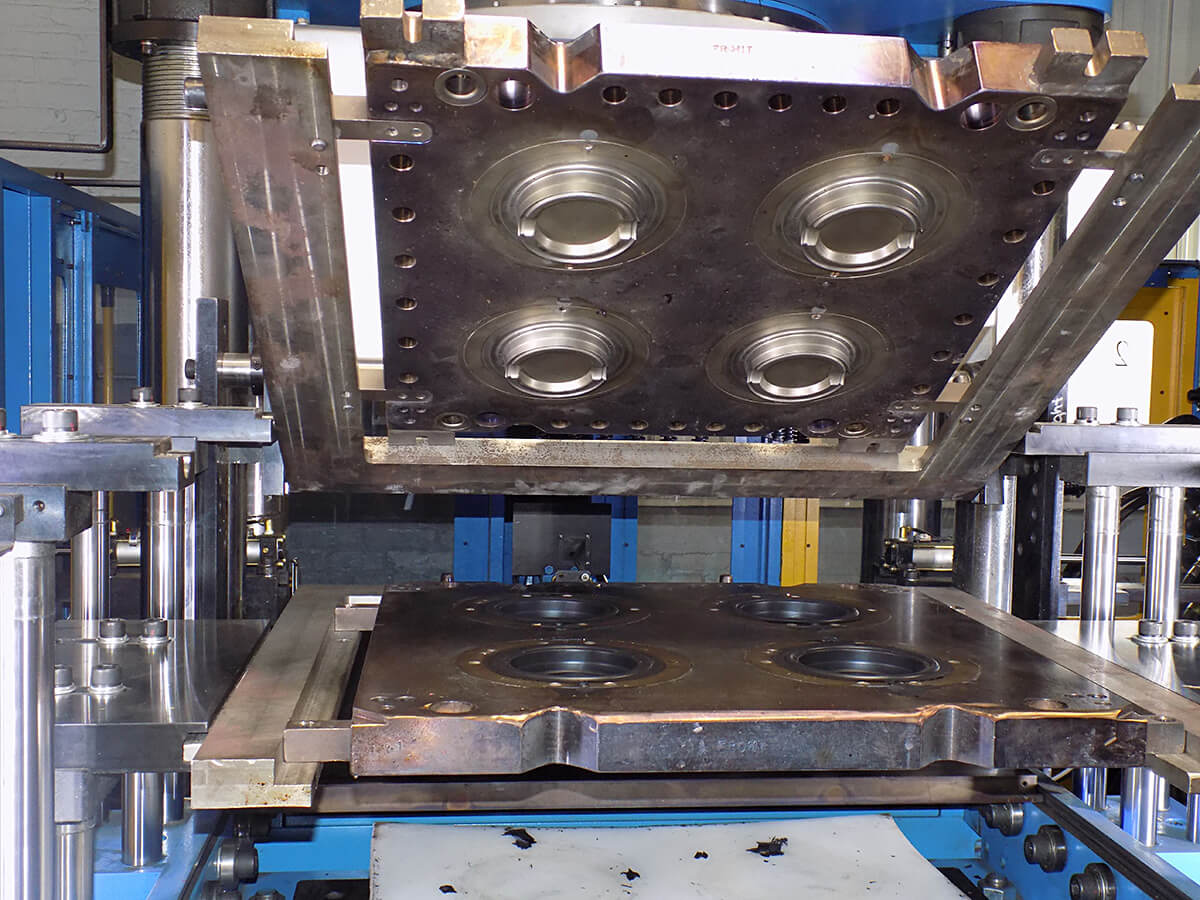
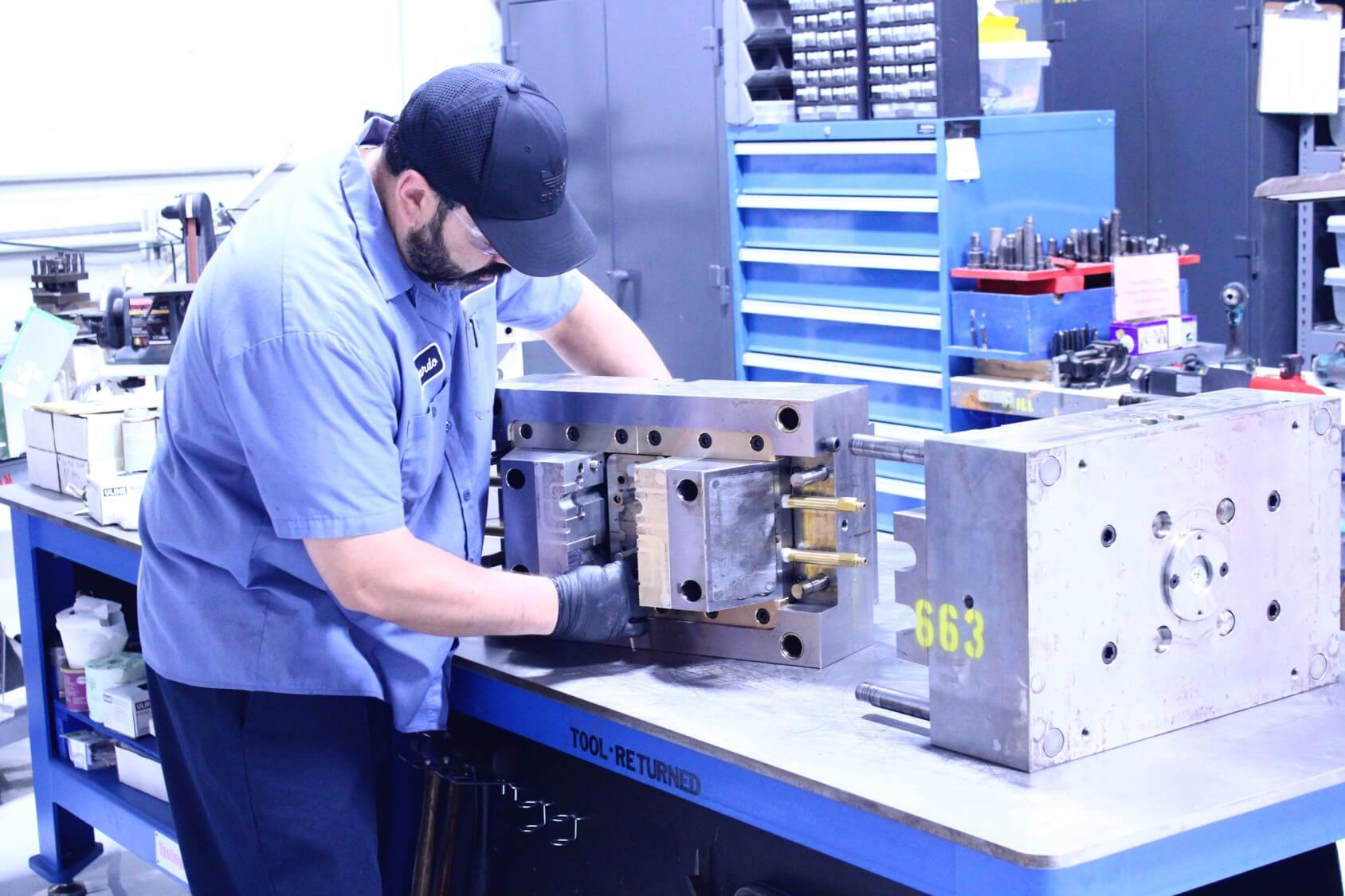
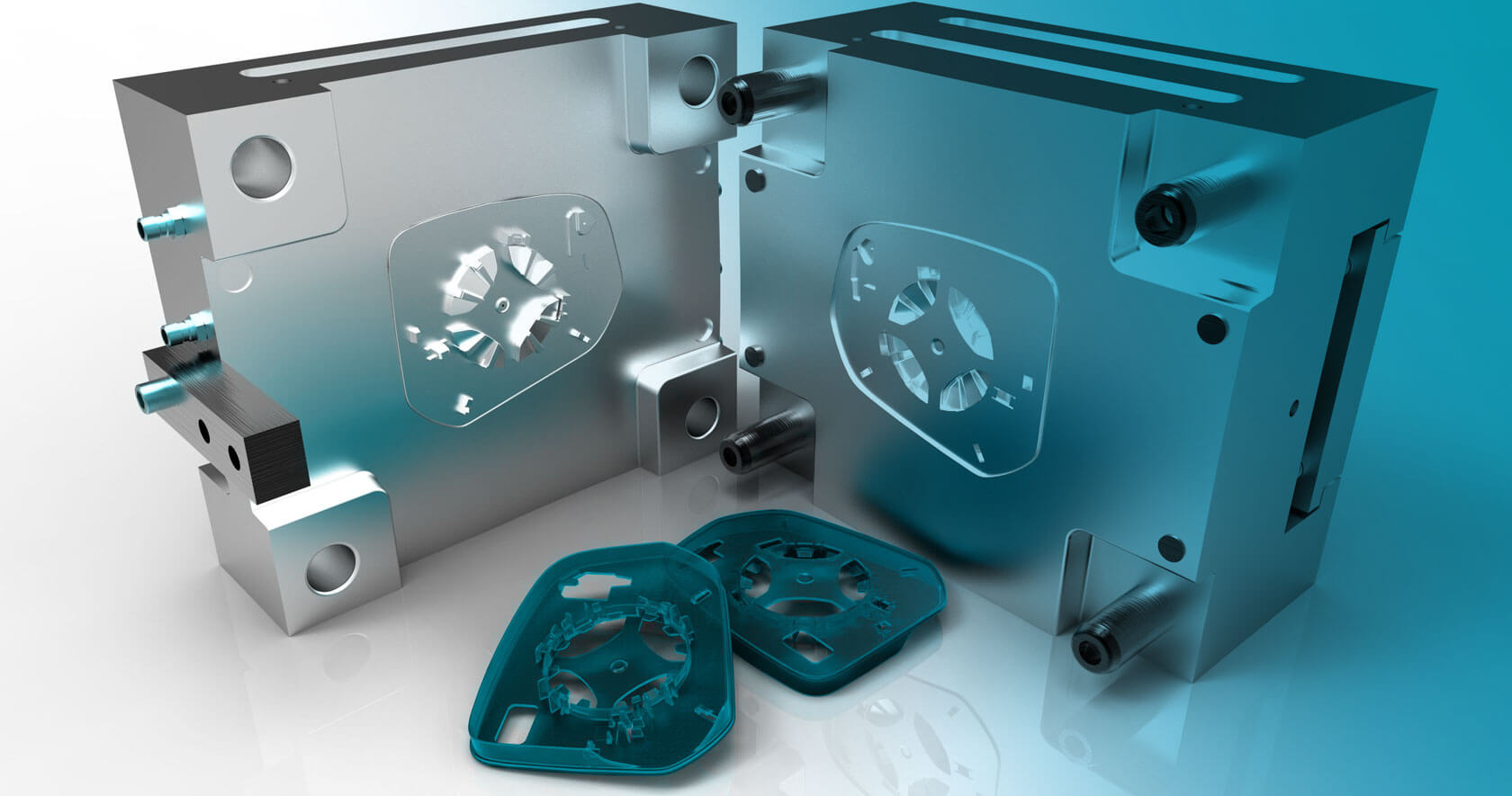
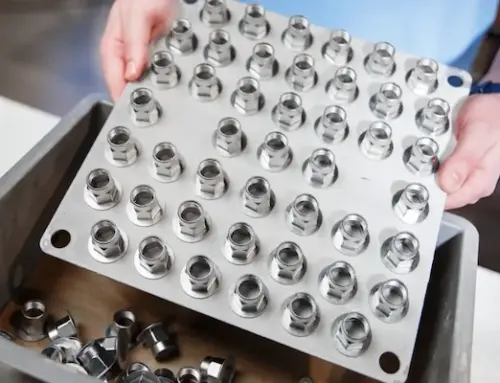
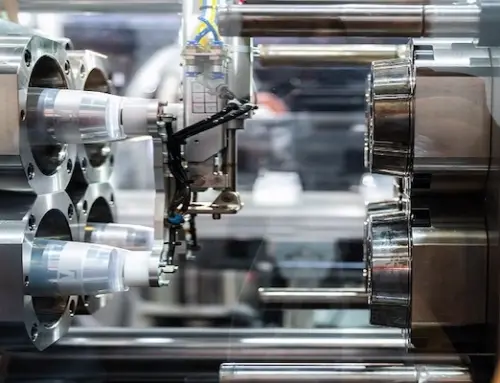
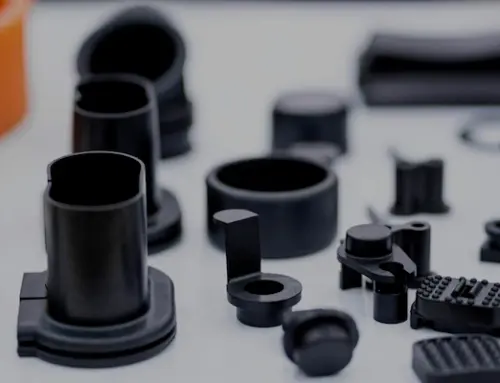
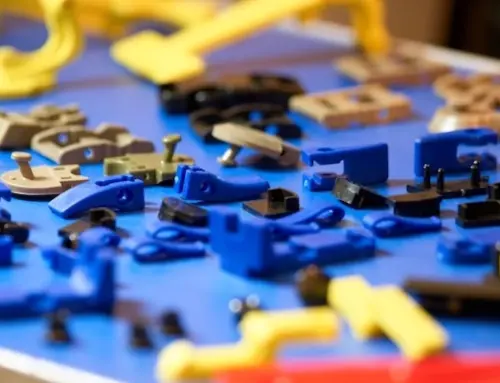
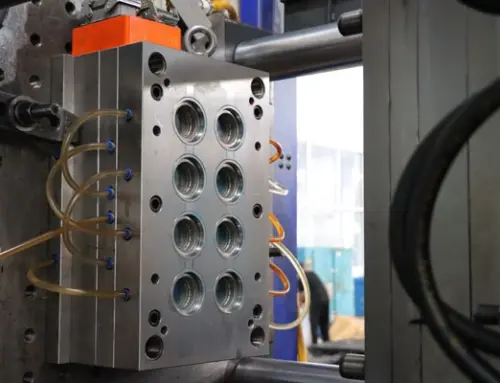
Leave A Comment